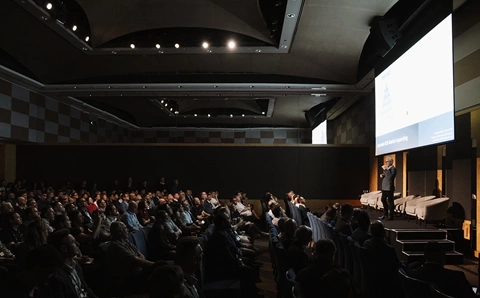The Harwell Dekatron, a 1950s supercomputer, has been raised from the dead by a dedicated team of researchers. Take a look at some other influential supercomputers.
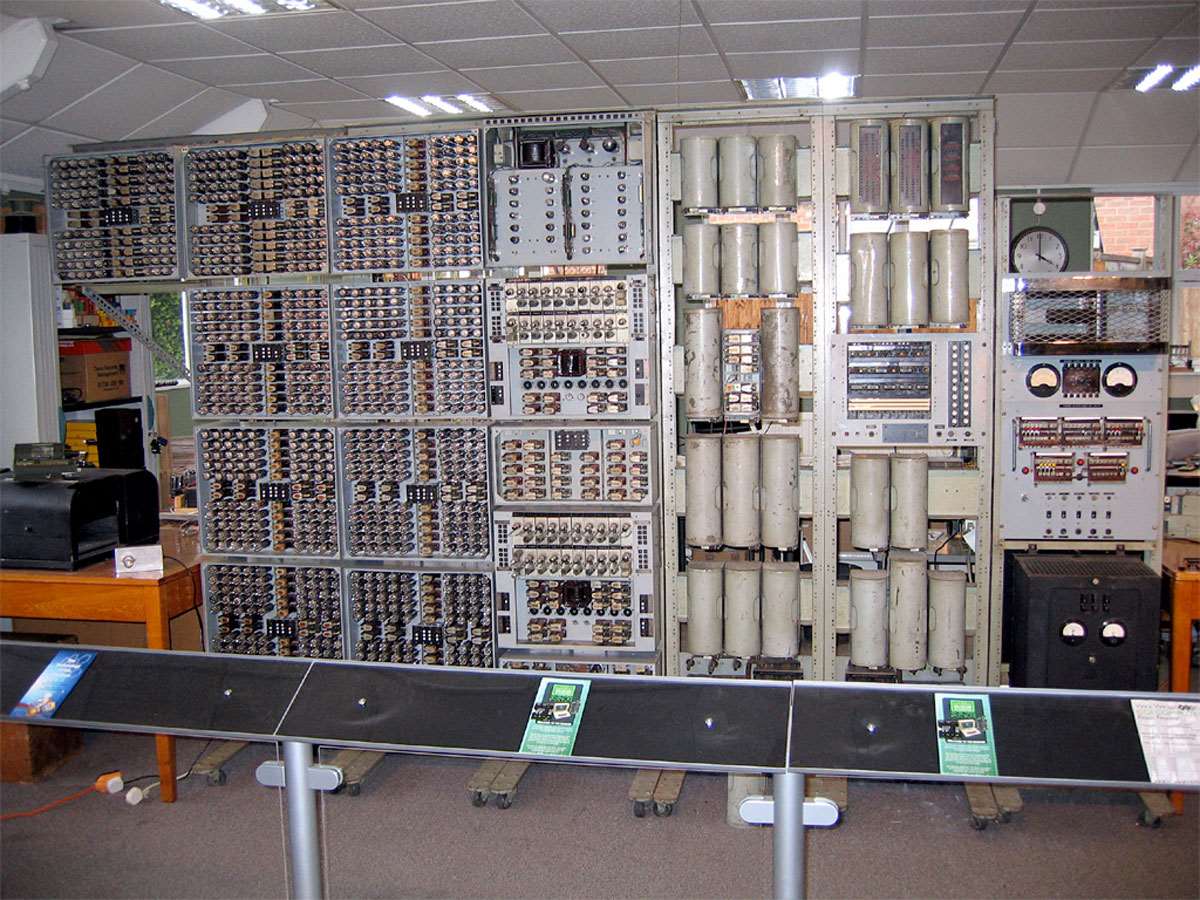
Harwell Dekatron (1951)
Many of the original parts of the rebuilt Harwell Dekatron are still working today – a testament to its tank-like endurance. Using dekatrons, or gas filled counting tubes, which acted as RAM, mathematicians were able to crunch complex sums onto paper tape - making it essentially a 2.5 tonne calculator.

Deep Blue (1996)
IBM's Deep Blue was the first coagulation of metal and silicon able to conquer the human brain. It defeated world champion Garry Kasparov at a single game of chess back in 1996 and despite losing overall thanks to Kasparov's subsequent wins, its upgraded innards netted it the honour of being the first computer to defeat a reining world champion.
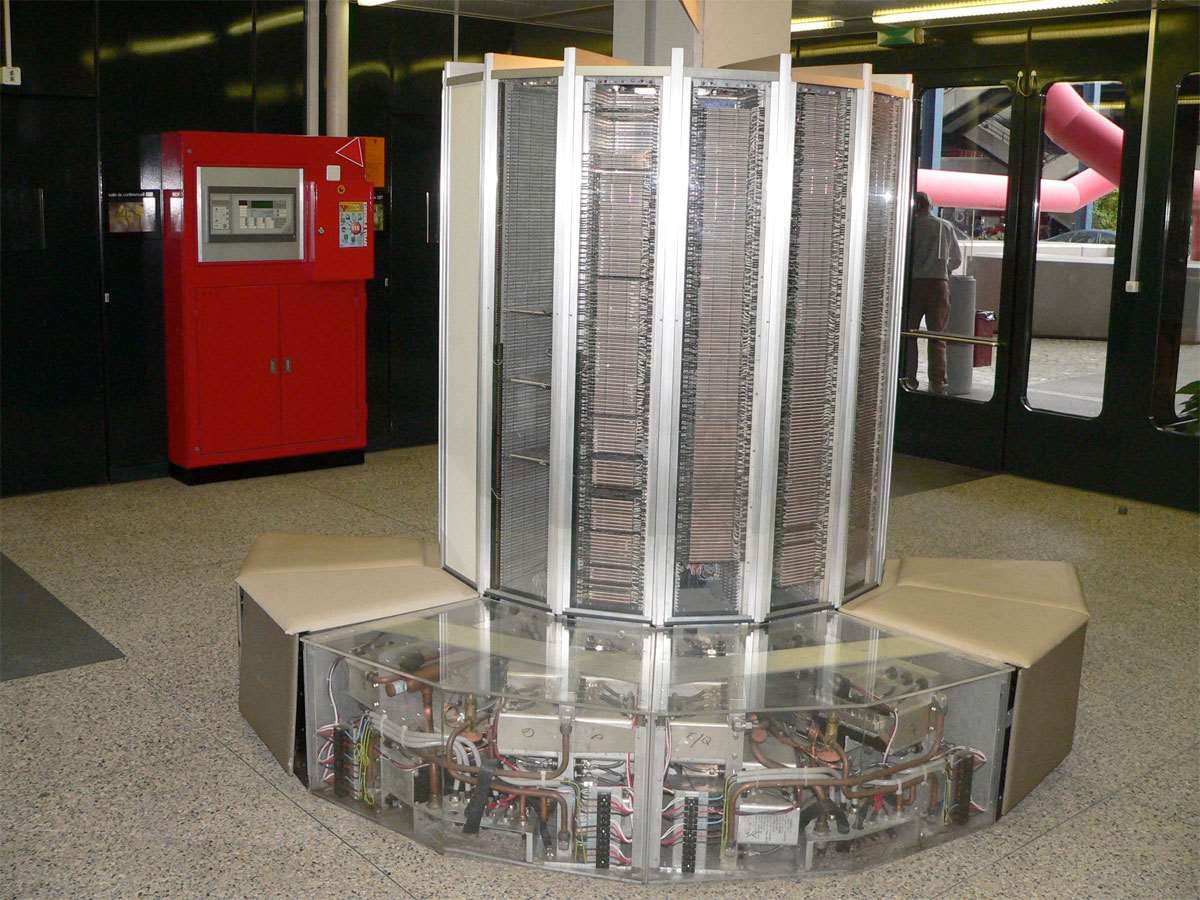
Cray-1 (1976)
You know a computer means business when its girth is large enough to house padded seats. Aside from being able to enjoy your lunchtime sandwiches sitting around the Cray-1, it also provided the most computing grunt available at the time.
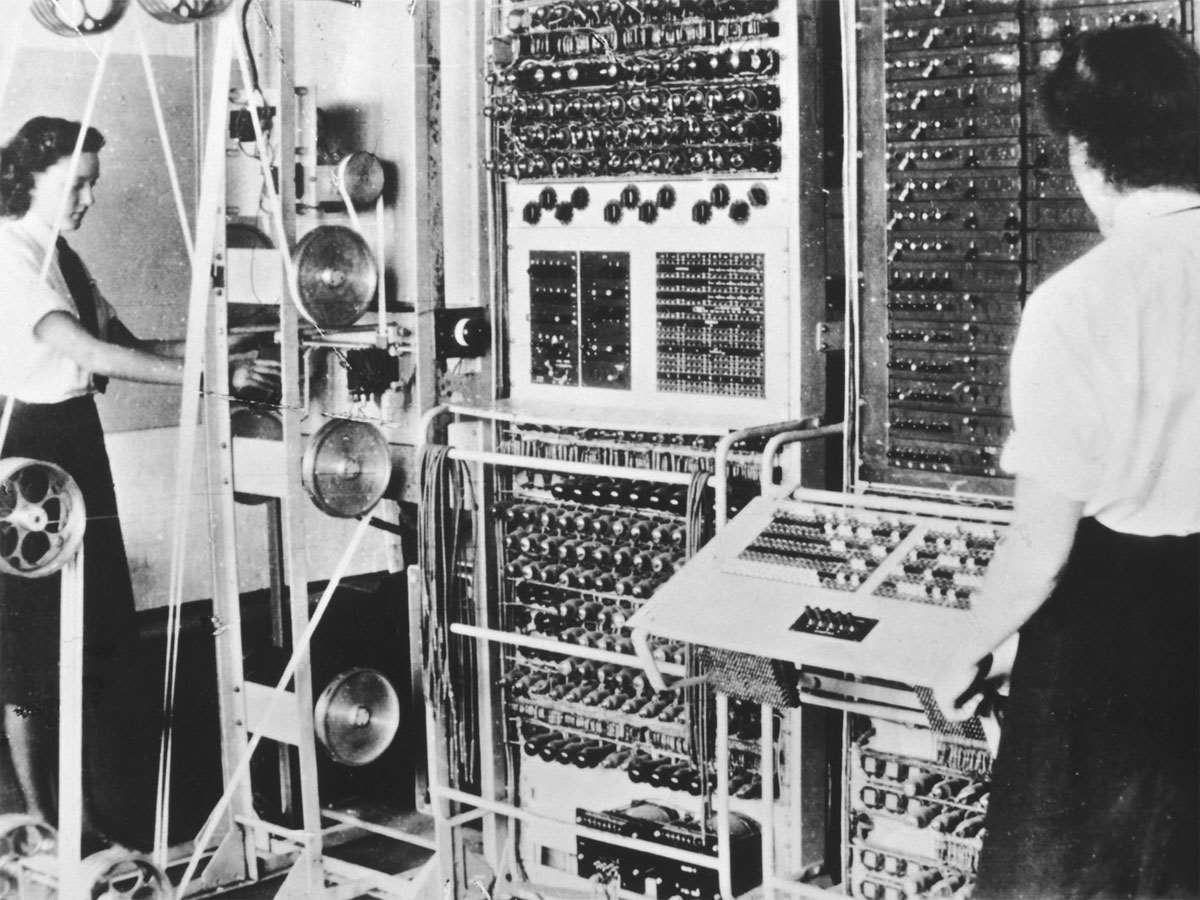
Colossus (1943)
Colossus was the world's first programmable electronic computer, and was used by British codebreakers in WWII to gather crucial intelligence transmitted between the German high command and its troops. Not bad for a machine that had no RAM whatsoever.
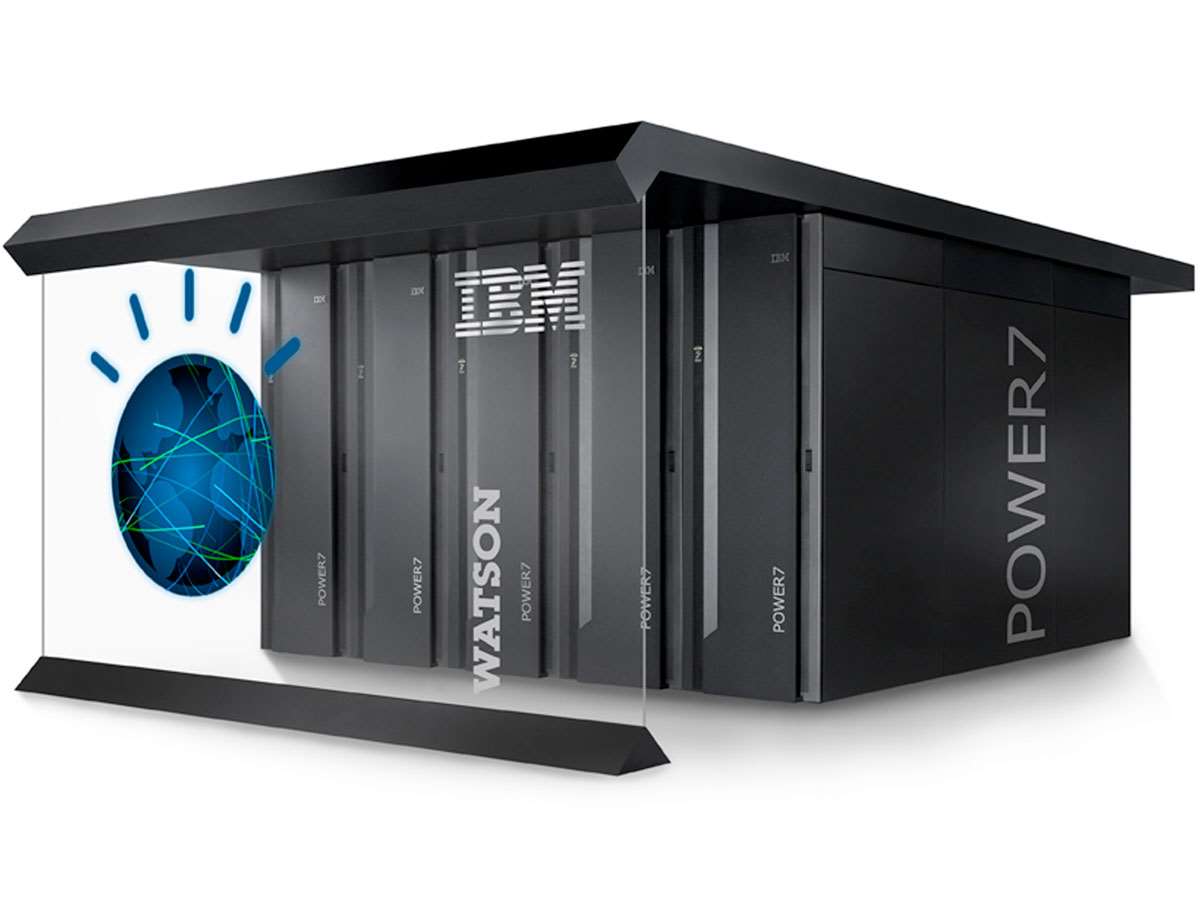
Watson (2011)
IBM continued its quest to beat grey matter in 2011, where its Watson supercomputer successfully bested two experienced veterans of the US game show Jeopardy.
With access to 200 million pages of stored content including Wikipedia it's no real surprise that it won. It even divided its $US1m prize between two charities, lulling us into a false sense of security before the inevitable robot uprising.






_(11).jpg&h=142&w=230&c=1&s=1)





.jpg&w=100&c=1&s=0)
_(8).jpg&w=100&c=1&s=0)






